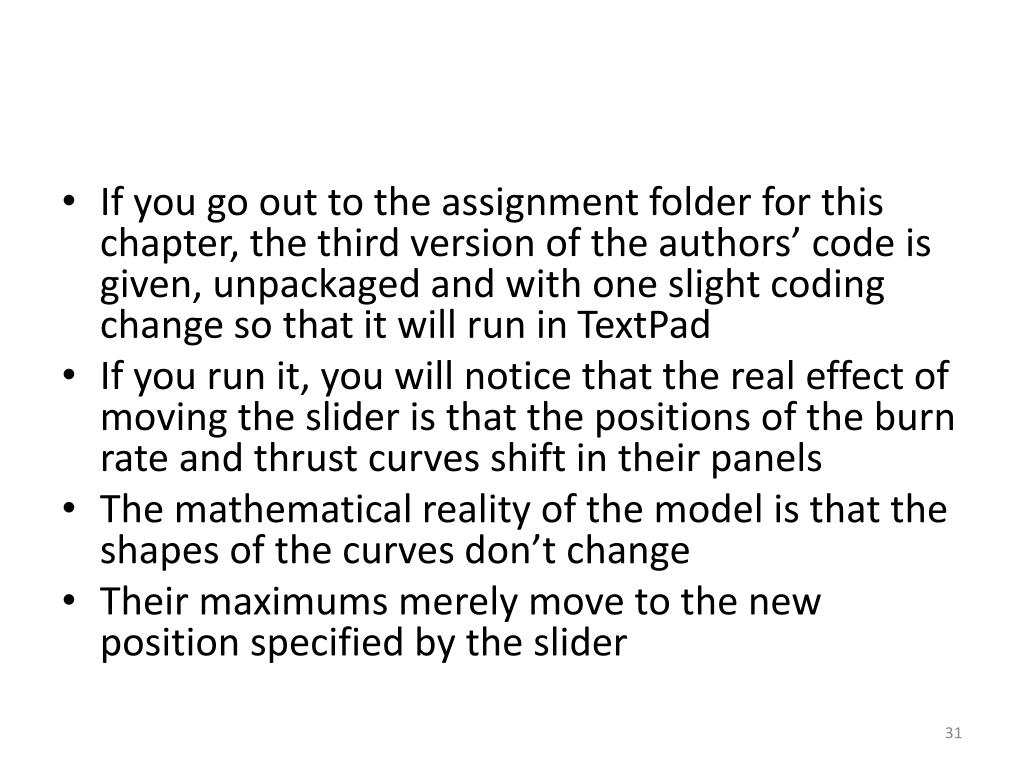
- #Physics texpad how to#
- #Physics texpad code#
- #Physics texpad series#
- #Physics texpad tv#
- #Physics texpad windows#
Ballance: The Return A sequel to Ballance released in December 2019 on Steam. It seems it's impossible to get it these days the link above is to an archived version of the developers' web site. Other games Ballance Awesome ball game with neat music. This is the Only Level The same level repeats but with different rules each time.
#Physics texpad series#
The Hapland series Make things work and then escape through a portal. Gaming Flash games Achievement Unlocked A meta-game if there ever was one. Sysinternals Suite Small programs that make troubleshooting your computer easier.
#Physics texpad windows#
Microsoft PowerToys Small programs that make life in Windows XP happier (I like CmdHere.exe and PowerCalc.exe). Utilities SIW Tells you everything about your computer.
#Physics texpad code#
Has most (if not all) of the features of TextPad, and in addition does code folding (I now use Notepad++ for editing). It does line numbering, keyword highlighting, and regex searching.
#Physics texpad tv#
Reference material Online Etymology Dictionary What's the story behind the word ' campus'? HowStuffWorks How do UPC bar codes work? Can DVI carry analog signals? The Phrontistery What's an exequy? TV Tropes What are Precursors, and why do they always leave technology behind? Unwords Isn't a hallucidation a contradiction in terms? Wikipedia What are hot Jupiters? The Phrase Finder In the halcyon days of old, faith would move mountains. foobar2000 A very good and non-bloated audio player. The second observation is that the scale on Quake 3 BSPs is 32 units per meter, which means a velocity of -0.1 for gravity is almost neglectible unless you are scalling everything acordingly, try using a bigger number even if right now its a static value and remember gravity on earth has an acceleration of 9.81 m/s² or 32.2 ft/s².Necessities Essential Google Your guide to the dense jungle that is the Internet. Ok, 2 observations, one is that your position should really be the center of the character axis alligned box, or the center of its bounding sphere if you are using spheres, this is because the algorithm expects ths to be the case (IE, it uses a radius to determine the bounding volume of the character), the camera position would usually be offset as to be close to he eyes of the model, you may be setting the camera position to be the center of the bounding volume, in such case, just keep it in consideration for later. I know a linear velocity for gravity isnt exactly realistic, but hey, I'd rather make it realistic once its working! This also in this case doesnt really explain why so much work is done when the endpoint=startpoint as this doesnt actually happen! My velocity would be say, 0,-0.1,0 - which means that the endpoint isnt equal to the startpoint. Vector3 position = cameraPosition //Gotten though inverting the view and getting the translation

Well, the trace method takes a start point and an endpoint, so i was doing something like

I mean it seems to work ok, but I'm open for critisism - but please remember that my maths isnt the greatest, so if you respond with "You should dot the quadrangle of the perpendicular hypotenuse, and then pass that to a Logarithmic algorithm", I may ask for help interpretting it!Ĭheers (PS the above code is c# - not that it should make too much difference to anyone)
#Physics texpad how to#
The reason for this is that if the normal of the plane isĠ,1,0 then acos of that would be 90,0,90 which would indicate that i cant move in the Y direction.ġ: Does anyone know how to avoid the invisible planes (ie the ons that dont have walls or floors)Ģ: Is there anything anyone can suggest as being obviosly wrong above. If it is <5 (the radius of my bounding sphere), then I alter the velocity to the ACos of the normal of the plane. Now What i seem to get it I collide against most some of the rendered walls as i expect, but also hit a few impassible ones too.īasically I get down to the plane level of the BSP (I assume I'm doing it correctly), and then dot the new position against the plane. Now I should point out now that my maths isnt great, so theres probably lots to pick apart here! Velocity = new Vector3((float)Math.Acos()*velocity.X, Int plane = ane įloat dot = Vector3.Dot(position-velocity, Plane.normal) - (Plane.dist) Vector3 CheckCollision(Vector3 position, Vector3 velocity)įor (int j = 0 j < leaf.n_leafbrushes j++)īSPLeafBrush leafBrush = LeafBrush įor (int k = 0 k < brush.n_brushsides k++) I looked about on tih forum and didnt find much, so I knocked this up Ive got a fully working Q3 renderer up and running in XNA and wanted to try to get some collision going.


 0 kommentar(er)
0 kommentar(er)
